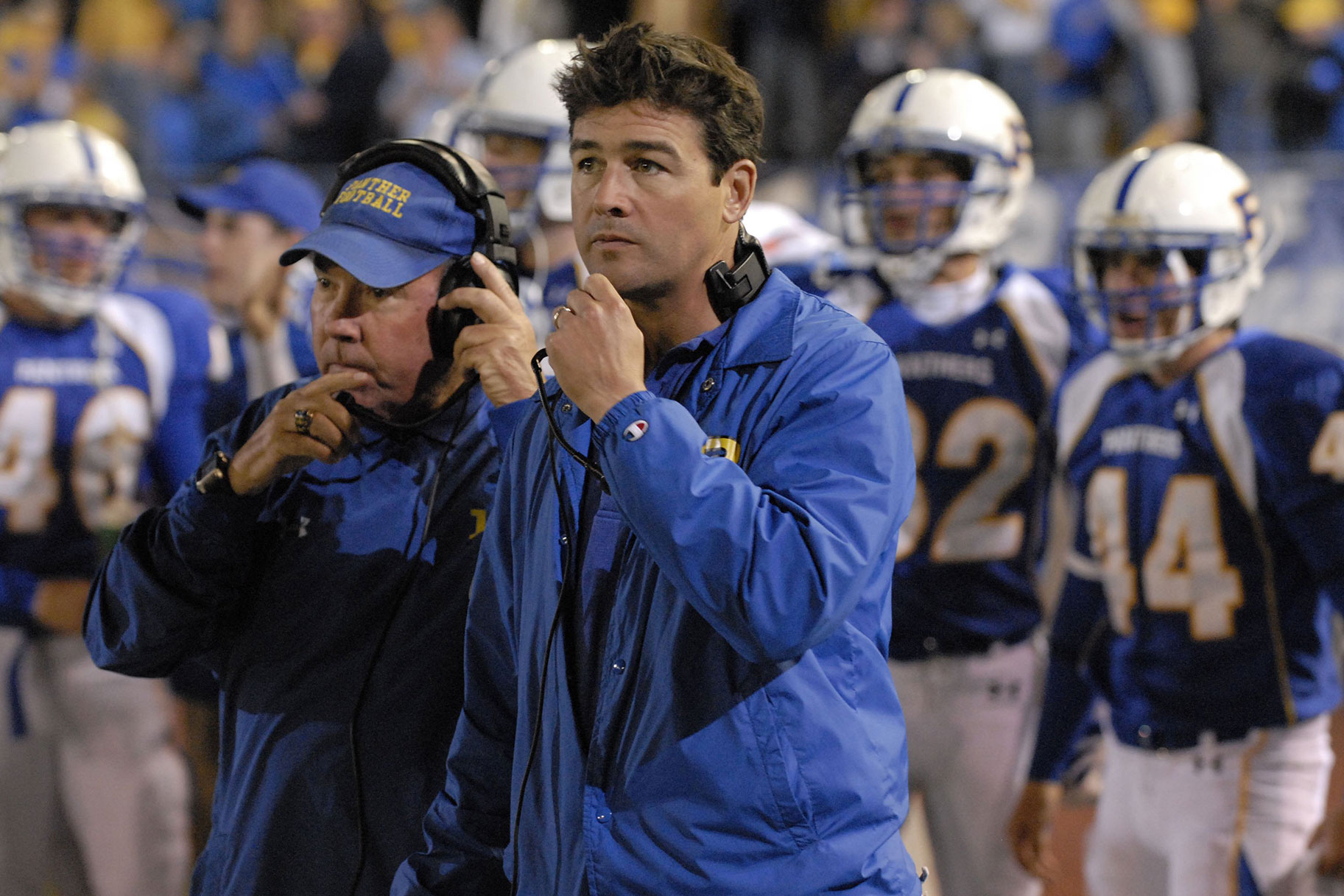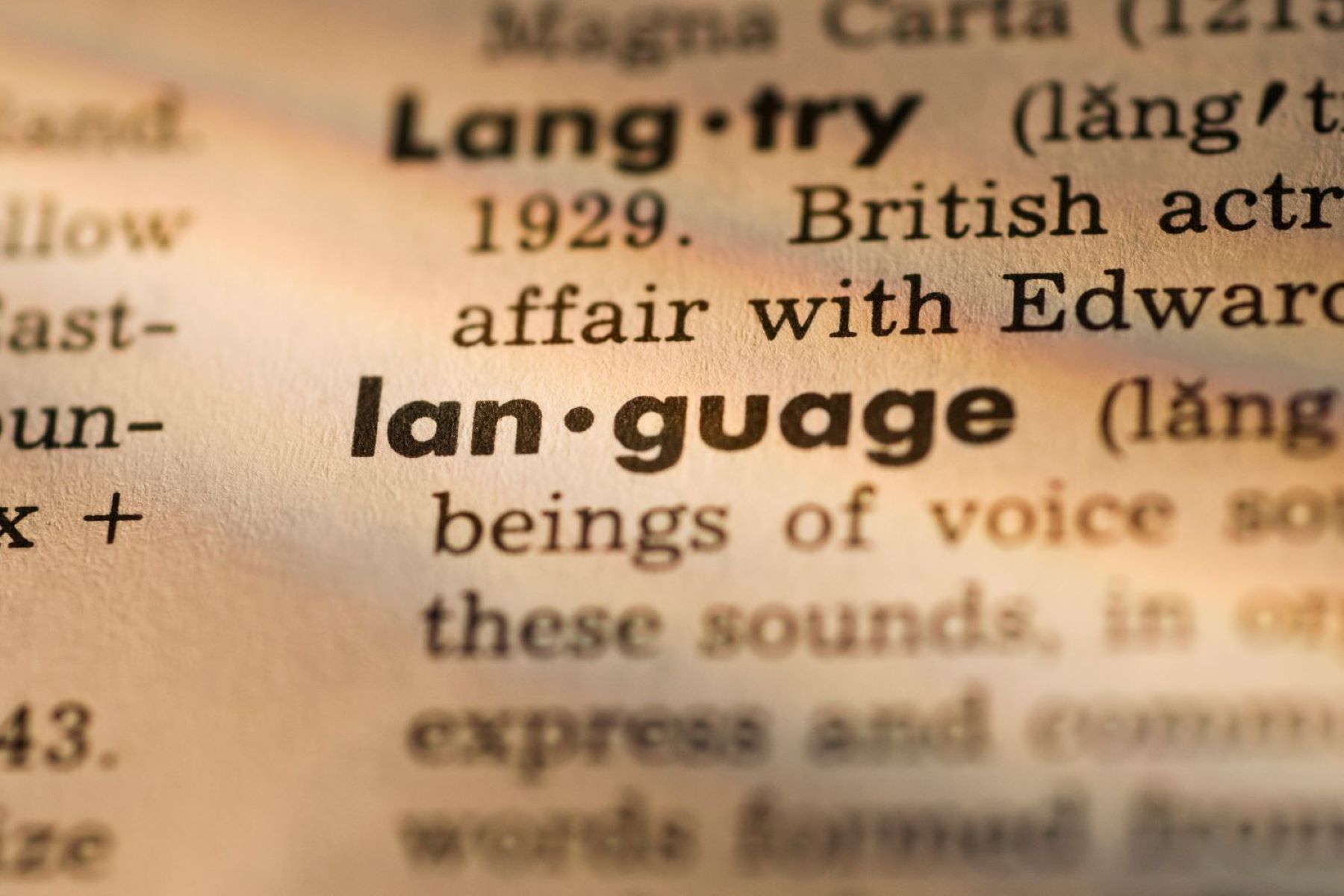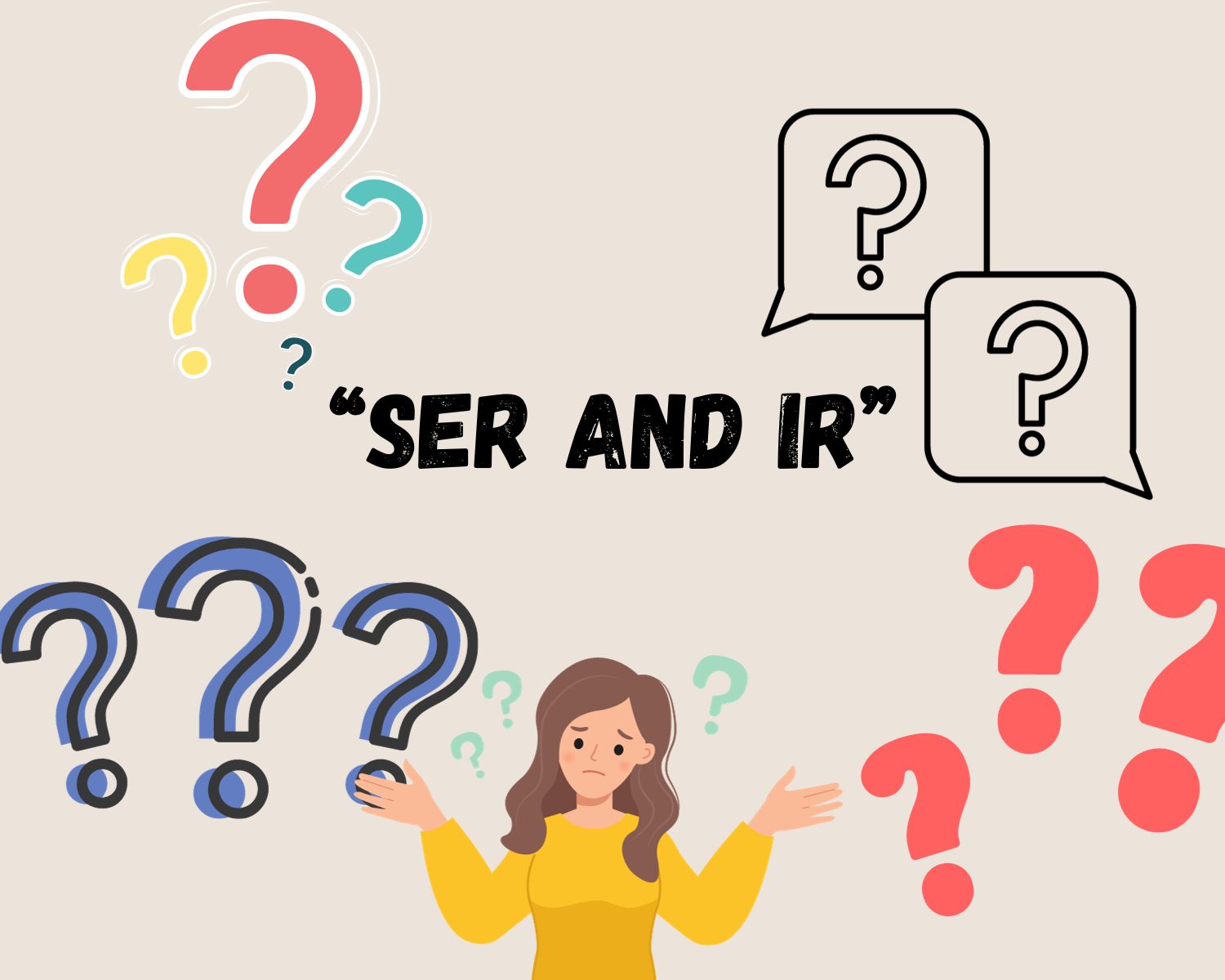Home>Language and Grammar>The Surprising Reason Sign Language Isn’t Universal


Language and Grammar
The Surprising Reason Sign Language Isn’t Universal
Published: February 10, 2024
Discover the surprising reason why sign language isn't universal and explore its impact on language and grammar. Uncover the fascinating insights now.
(Many of the links in this article redirect to a specific reviewed product. Your purchase of these products through affiliate links helps to generate commission for Regretless.com, at no extra cost. Learn more)
Table of Contents
Introduction
Sign language is a fascinating and complex form of communication that has captivated people around the world. While many may assume that sign language is a universal language, it may come as a surprise to learn that this is not the case. The diversity and uniqueness of sign languages across different regions and cultures reflect the rich tapestry of human expression and communication.
The intricate nature of sign language extends far beyond simple hand gestures. It encompasses a wide array of movements, facial expressions, and body language, all of which contribute to its richness and depth. Sign language is not merely a tool for conveying words; it is a complete mode of expression that conveys emotions, nuances, and cultural nuances.
As we delve into the world of sign language, we will explore the historical roots of this unique form of communication, the factors that have shaped its evolution, and the profound impact of culture and education on the development of sign languages. By understanding the complexities and diversity of sign language, we gain insight into the intricate ways in which human societies have developed distinct modes of communication, each with its own unique identity and significance.
The History of Sign Language
The history of sign language is a testament to the resilience and ingenuity of human communication. While the exact origins of sign language are shrouded in the mists of time, its roots can be traced back to ancient civilizations where deaf individuals sought to express themselves and connect with others. In ancient Greece, for instance, there are records of a manual alphabet being used as a form of communication for the deaf. This early form of sign language laid the groundwork for the development of more sophisticated sign systems in the centuries that followed.
One of the most significant milestones in the history of sign language occurred in the 18th century when the Abbé Charles-Michel de l'Épée, a French educator, established the first public school for the deaf in Paris. L'Épée is widely regarded as a pioneer in the advancement of sign language, as he developed a standardized sign language system that was based on the natural gestures and movements used by the deaf community. This system, known as Old French Sign Language, laid the foundation for modern sign languages and contributed to the recognition of sign language as a legitimate and effective mode of communication.
The 19th and 20th centuries witnessed a significant shift in the perception and treatment of deaf individuals, leading to the establishment of more schools and institutions dedicated to deaf education. These developments spurred the further refinement and diversification of sign languages, as different communities and regions began to develop their own unique sign systems. This proliferation of sign languages reflected the cultural and linguistic diversity of deaf communities around the world, giving rise to distinct sign languages such as American Sign Language (ASL), British Sign Language (BSL), and many others.
The history of sign language is a testament to the resilience and ingenuity of human communication. While the exact origins of sign language are shrouded in the mists of time, its roots can be traced back to ancient civilizations where deaf individuals sought to express themselves and connect with others. In ancient Greece, for instance, there are records of a manual alphabet being used as a form of communication for the deaf. This early form of sign language laid the groundwork for the development of more sophisticated sign systems in the centuries that followed.
One of the most significant milestones in the history of sign language occurred in the 18th century when the Abbé Charles-Michel de l'Épée, a French educator, established the first public school for the deaf in Paris. L'Épée is widely regarded as a pioneer in the advancement of sign language, as he developed a standardized sign language system that was based on the natural gestures and movements used by the deaf community. This system, known as Old French Sign Language, laid the foundation for modern sign languages and contributed to the recognition of sign language as a legitimate and effective mode of communication.
The 19th and 20th centuries witnessed a significant shift in the perception and treatment of deaf individuals, leading to the establishment of more schools and institutions dedicated to deaf education. These developments spurred the further refinement and diversification of sign languages, as different communities and regions began to develop their own unique sign systems. This proliferation of sign languages reflected the cultural and linguistic diversity of deaf communities around the world, giving rise to distinct sign languages such as American Sign Language (ASL), British Sign Language (BSL), and many others.
The Evolution of Sign Languages
The evolution of sign languages is a testament to the adaptability and resilience of human communication. From its humble origins to its modern-day diversity, sign language has undergone a remarkable journey of development and transformation.
Throughout history, sign languages have continuously evolved in response to the changing needs and cultural contexts of deaf communities. The early forms of sign language, rooted in natural gestures and movements, laid the foundation for the development of more structured and sophisticated sign systems. As societies became more interconnected and diverse, sign languages adapted and diversified, giving rise to distinct regional and national sign languages.
One of the key driving forces behind the evolution of sign languages has been the close-knit nature of deaf communities. Deaf individuals have played a pivotal role in shaping and refining sign languages, passing down their unique linguistic traditions and cultural expressions from one generation to the next. This intergenerational transmission of sign languages has contributed to their continuity and vibrancy, ensuring that they remain dynamic and relevant in a rapidly changing world.
The advent of technology and globalization has also exerted a profound influence on the evolution of sign languages. The digital age has brought about new opportunities for the documentation, preservation, and dissemination of sign languages, enabling deaf communities to connect and collaborate on a global scale. Furthermore, the emergence of video-based platforms and social media has facilitated the sharing of sign language content, fostering greater awareness and appreciation for the diversity of sign languages worldwide.
In recent years, there has been a growing recognition of the importance of preserving and promoting sign languages as valuable components of linguistic and cultural heritage. Efforts to standardize and codify sign languages have sought to enhance their status as legitimate and distinct languages, deserving of equal recognition and protection. This recognition has paved the way for the inclusion of sign languages in educational curricula, legal frameworks, and public discourse, further bolstering their visibility and significance.
The evolution of sign languages continues to be shaped by the dynamic interplay of linguistic, cultural, and social factors. As sign languages adapt to the changing needs and realities of deaf communities, they embody the resilience and creativity of human communication, serving as a testament to the enduring spirit of linguistic diversity and inclusion.
The Role of Culture in Sign Language
Culture plays a pivotal role in shaping the intricate tapestry of sign language, infusing it with rich nuances and profound significance. Sign languages are deeply intertwined with the cultural identities and traditions of deaf communities, reflecting the values, expressions, and lived experiences of diverse societies.
At its core, culture serves as the bedrock upon which sign languages are built, influencing the vocabulary, grammar, and expressive elements that define each unique sign system. The cultural context in which sign languages evolve imbues them with a depth of meaning and symbolism that resonates with the experiences and perspectives of deaf individuals.
The influence of culture on sign language is evident in the incorporation of culturally specific gestures, facial expressions, and body movements that convey nuanced meanings and emotions. These elements are not arbitrary; rather, they are rooted in the lived experiences and collective memory of deaf communities, serving as a means of preserving and transmitting cultural heritage through the medium of sign language.
Moreover, the cultural resonance of sign language extends beyond linguistic elements to encompass broader societal values and norms. Different sign languages reflect the social structures, customs, and traditions of the communities in which they are nurtured, offering a window into the diverse cultural landscapes of deaf societies.
The role of culture in sign language is also manifested in the way in which sign languages adapt and evolve in response to cultural shifts and influences. As cultural practices and beliefs evolve over time, sign languages undergo a dynamic process of enrichment and adaptation, incorporating new expressions and idiomatic constructions that reflect the evolving cultural milieu.
Furthermore, the cultural significance of sign language is deeply intertwined with issues of identity, belonging, and empowerment within deaf communities. Sign languages serve as powerful vehicles for the expression of cultural pride, solidarity, and resilience, fostering a sense of belonging and connectedness among deaf individuals.
In essence, the role of culture in sign language is multifaceted and profound, shaping the linguistic, expressive, and social dimensions of sign languages in ways that reflect the rich diversity and resilience of deaf cultures worldwide. As we continue to explore the intricate interplay of culture and sign language, we gain a deeper appreciation for the profound ways in which culture enriches and sustains the vibrant tapestry of human communication through sign languages.
The Impact of Colonization on Sign Language
The impact of colonization on sign language has left a profound and lasting imprint on the linguistic and cultural landscape of deaf communities worldwide. The far-reaching consequences of colonial expansion and domination have significantly influenced the development, preservation, and transmission of sign languages, shaping their trajectories in complex and multifaceted ways.
Colonization brought about radical shifts in the social, political, and educational structures of many societies, often imposing foreign languages and cultural norms upon indigenous populations. For deaf communities, the imposition of colonial languages and the suppression of local sign languages had far-reaching implications. In many cases, indigenous sign languages faced marginalization and erasure as colonial powers sought to impose their linguistic and cultural hegemony.
The suppression of local sign languages under colonial rule not only disrupted intergenerational transmission and continuity but also undermined the cultural and linguistic autonomy of deaf communities. The imposition of oralist education and the prohibition of sign language in schools further exacerbated the marginalization of indigenous sign languages, leading to their decline and endangerment.
Moreover, the colonial legacy of linguistic oppression and cultural assimilation has had enduring effects on the vitality and visibility of indigenous sign languages. Many indigenous sign languages suffered a decline in usage and prestige as a result of colonial policies that devalued and stigmatized them, perpetuating a cycle of linguistic and cultural marginalization.
Despite these historical challenges, the resilience and determination of deaf communities have fueled efforts to reclaim, revitalize, and preserve indigenous sign languages in the face of colonial legacies. Through grassroots activism, advocacy, and cultural revitalization initiatives, deaf communities have sought to reclaim their linguistic heritage and assert the intrinsic value of indigenous sign languages as vital components of cultural identity and expression.
The impact of colonization on sign language underscores the enduring struggle for linguistic and cultural rights within deaf communities, highlighting the resilience and agency of deaf individuals in reclaiming and revitalizing their linguistic heritage. As we confront the legacies of colonization, it is essential to recognize and support the efforts of deaf communities in preserving and promoting indigenous sign languages as integral facets of linguistic diversity and cultural resilience.
The Influence of Education on Sign Language
The influence of education on sign language has been a pivotal factor in shaping the linguistic and cultural landscape of deaf communities. Education serves as a critical conduit through which sign languages are transmitted, validated, and integrated into the broader societal fabric. The manner in which sign languages are perceived, taught, and utilized within educational settings profoundly impacts their status, visibility, and vitality.
Historically, the education of deaf individuals has been fraught with complex dynamics and ideological shifts. The prevalence of oralist approaches, which prioritized speech and lip-reading over sign language, had a profound impact on the recognition and utilization of sign languages within educational institutions. This approach often marginalized sign languages, relegating them to the periphery of educational practices and perpetuating a sense of linguistic and cultural inferiority among deaf students.
In contrast, the emergence of bilingual-bicultural education paradigms has heralded a transformative shift in the role of sign language within educational contexts. By recognizing and affirming the intrinsic value of sign languages as legitimate modes of communication and expression, bilingual-bicultural approaches have empowered deaf students to engage with academic content, express themselves authentically, and forge meaningful connections within their educational communities.
The influence of education on sign language extends beyond the classroom, shaping broader societal attitudes and perceptions towards deaf individuals and sign languages. Educational institutions serve as crucibles for fostering greater awareness, appreciation, and acceptance of sign languages, thereby contributing to their normalization and recognition within the public sphere.
Furthermore, the inclusion of sign languages in educational curricula and pedagogical practices has profound implications for the linguistic and cognitive development of deaf learners. Sign languages provide a natural and accessible medium through which deaf students can acquire knowledge, engage in critical thinking, and participate fully in academic discourse, thereby fostering their cognitive development and academic success.
In essence, the influence of education on sign language transcends the boundaries of the classroom, permeating the fabric of societal attitudes, linguistic empowerment, and cultural validation within deaf communities. By embracing inclusive and affirming educational practices that prioritize the recognition and utilization of sign languages, we can foster a more equitable and enriching educational landscape for deaf learners, empowering them to thrive academically and contribute meaningfully to the diverse tapestry of human communication.
The Importance of Local Sign Languages
Local sign languages hold profound significance as vibrant expressions of cultural identity, community solidarity, and linguistic diversity within deaf societies. These unique sign systems, nurtured and shaped within specific geographical and cultural contexts, encapsulate the rich tapestry of human communication and the enduring resilience of deaf cultures.
At the heart of the importance of local sign languages lies their role as vehicles for preserving and transmitting cultural heritage across generations. Local sign languages embody the lived experiences, values, and traditions of deaf communities, serving as repositories of cultural knowledge and collective memory. Through the expressive medium of sign language, cultural narratives, folklore, and traditions are perpetuated, fostering a sense of continuity and belonging within deaf societies.
Moreover, local sign languages play a pivotal role in fostering a sense of community cohesion and solidarity among deaf individuals. These sign systems serve as unifying forces, forging deep connections and shared experiences within localized deaf communities. The expressive nuances and idiomatic variations of local sign languages reflect the unique cultural identities and social dynamics of specific regions, engendering a profound sense of belonging and mutual understanding among deaf individuals.
The importance of local sign languages extends beyond cultural preservation and community cohesion to encompass broader implications for linguistic diversity and inclusivity. Local sign languages enrich the global mosaic of human communication by contributing unique grammatical structures, lexical innovations, and expressive conventions that reflect the diverse linguistic landscapes of different regions. By recognizing and valuing local sign languages, we celebrate the intrinsic worth of linguistic diversity and affirm the equal status of all languages, including sign languages, as vital components of human expression.
Furthermore, the recognition and support of local sign languages are essential for fostering inclusive and equitable access to information, education, and public services for deaf individuals. Local sign languages empower deaf communities to engage fully in social, educational, and professional spheres, enabling them to participate as active and valued members of society. By embracing and promoting local sign languages, we create environments that honor the linguistic rights and cultural identities of deaf individuals, laying the foundation for a more inclusive and harmonious society.
In essence, the importance of local sign languages lies in their capacity to enrich, empower, and affirm the diverse cultural and linguistic landscapes of deaf communities. By recognizing and embracing the unique value of local sign languages, we honor the resilience and creativity of human communication, fostering a world that cherishes and celebrates the vibrant tapestry of linguistic and cultural diversity.
Conclusion
In conclusion, the intricate world of sign language unveils a tapestry of cultural richness, linguistic diversity, and historical resilience. Sign languages, far from being a monolithic and universal entity, reflect the unique identities and experiences of deaf communities across the globe. The journey of sign language, from its ancient roots to its modern-day evolution, is a testament to the enduring spirit of human communication and cultural expression.
The historical trajectory of sign language, marked by milestones such as the establishment of the first public school for the deaf and the proliferation of distinct regional sign languages, underscores the profound impact of cultural, social, and educational factors on its development. The resilience of deaf communities in reclaiming and revitalizing indigenous sign languages in the face of colonial legacies exemplifies the enduring struggle for linguistic and cultural rights within deaf societies.
Moreover, the influence of education on sign language has ushered in transformative shifts in the recognition and utilization of sign languages within educational settings, fostering greater awareness, appreciation, and acceptance of sign languages within broader societal contexts. The significance of local sign languages as vibrant expressions of cultural identity, community solidarity, and linguistic diversity underscores their pivotal role in preserving cultural heritage, fostering community cohesion, and enriching the global mosaic of human communication.
As we navigate the complex terrain of sign language, it becomes evident that its diversity and resilience serve as a powerful testament to the enduring spirit of linguistic and cultural expression. It is imperative to recognize, celebrate, and support the intrinsic value of sign languages as vital components of human expression, affirming their equal status and fostering inclusive and harmonious societies that honor the linguistic rights and cultural identities of deaf individuals.
In embracing the multifaceted tapestry of sign language, we embark on a journey of understanding, appreciation, and advocacy, championing the vibrant diversity and resilience of human communication. By recognizing the profound significance of sign languages in shaping the cultural and linguistic landscapes of deaf communities, we pave the way for a more inclusive, equitable, and enriched world that cherishes and celebrates the vibrant tapestry of linguistic and cultural diversity.














